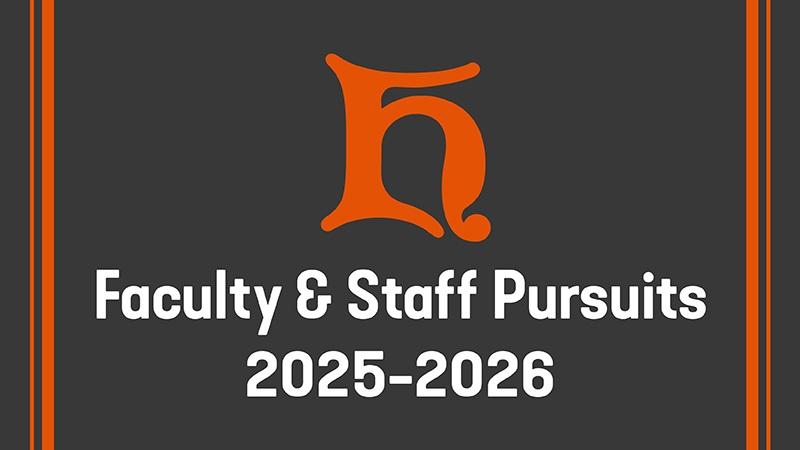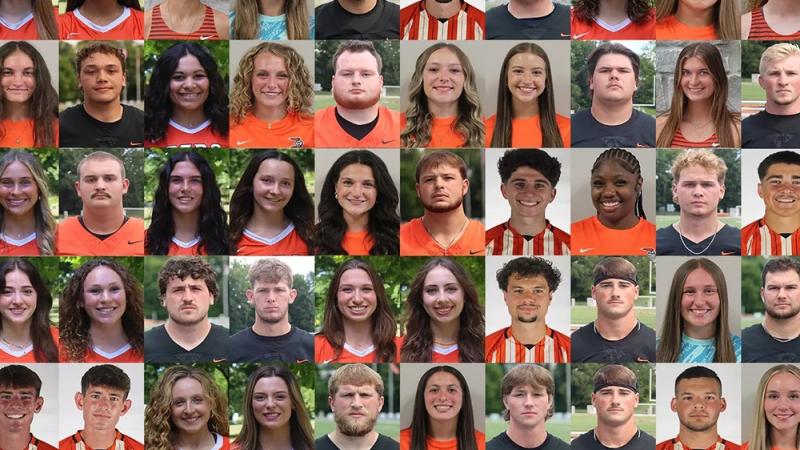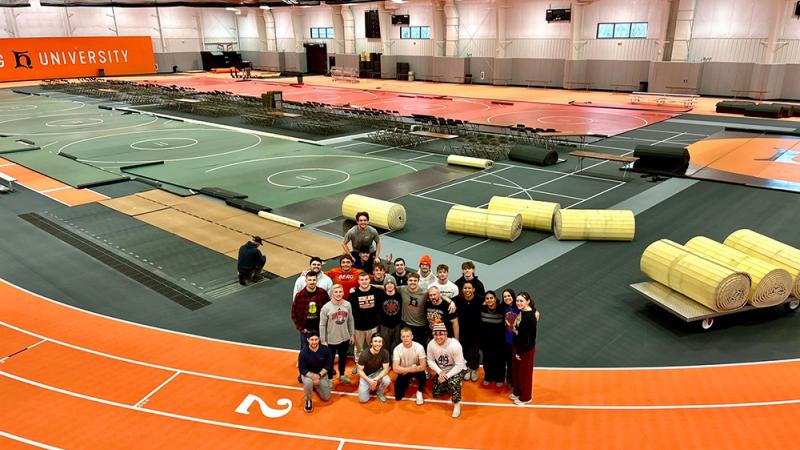Internship Chronicles, Chapter 39: Molly Cannon
One summer day, a Student Prince decided to go on a little adventure. “It won’t be long before I have a career,” the Prince said, “so I’d better start preparing now.” So with some ’Berg education under their hat, and some connections in their back pocket, the Student Prince began forging their way through an internship.
We continue our web series, Internship Chronicles.
Chapter 39: Fishing for Answers: Can Bluegill Distinguish Microplastics from Food and Are They Causing a Physiological Effect?
Molly Cannon is an environmental science major from Cincinnati, Ohio. She is working toward a career in water quality monitoring and research, with a dream of working for the EPA as a water quality analyst. This summer, she got a step closer to that dream through her internship with the National Science Foundation REU in Alton, Illinois.
How did you find your internship, or how did the internship find you?
I found my internship on the NSF REU website. This website has all of the REUs being offered around the country. It is a really helpful resource if you are looking for a summer internship.
What did you expect from your internship initially?
It was hard to know what to expect because I had never done a research project in a professional environmental science lab before. However, I did expect to get a lot of hands on experience in my field, learn how to conduct a professional research project, make a scientific poster, and share my research with others.
What really happens in your day-to-day work?
The lab I worked in always had a very collaborative environment. Our team really worked together on everything we did. In the mornings we would feed the fish and conduct trials for our experiment by feeding them microplastics and then food. While doing this we would video them and time them to see how long they would strike at each. In the afternoons we would have team meetings about our project and next steps and continue to collect data. Towards the end of the internship we would work on our posters and presentations, as well as the scientific paper we were writing. We had field days too where we were not in the lab. On these days we would be in the field seining Bluegill to bring back to the lab to use in the experiments.
What connections have you made?
Through my internship I have been able to work with other environmental science students from around the country. Some of these students live as far away as Hawaii. I have also been able to work with many other researchers and professors from other universities. I am still in contact with everyone on my team at the lab because we are working on publishing our research from this summer into a scientific journal!
What is the most valuable thing you’ll bring back to the classroom after this experience?
The most valuable thing that I brought back to the classroom with me was my experience on how to conduct a research project and how to convey that information to others. This will be very helpful to me this semester as I work on the capstone project.
If your internship was a book or a chapter in a book, what should it be titled?
“Fishing for Answers: Can Bluegill Distinguish Microplastics from Food and Are They Causing a Physiological Effect?”
To keep up with Molly, check out her linkedin!
For more information about the National Science Foundation REU, check out their website.




